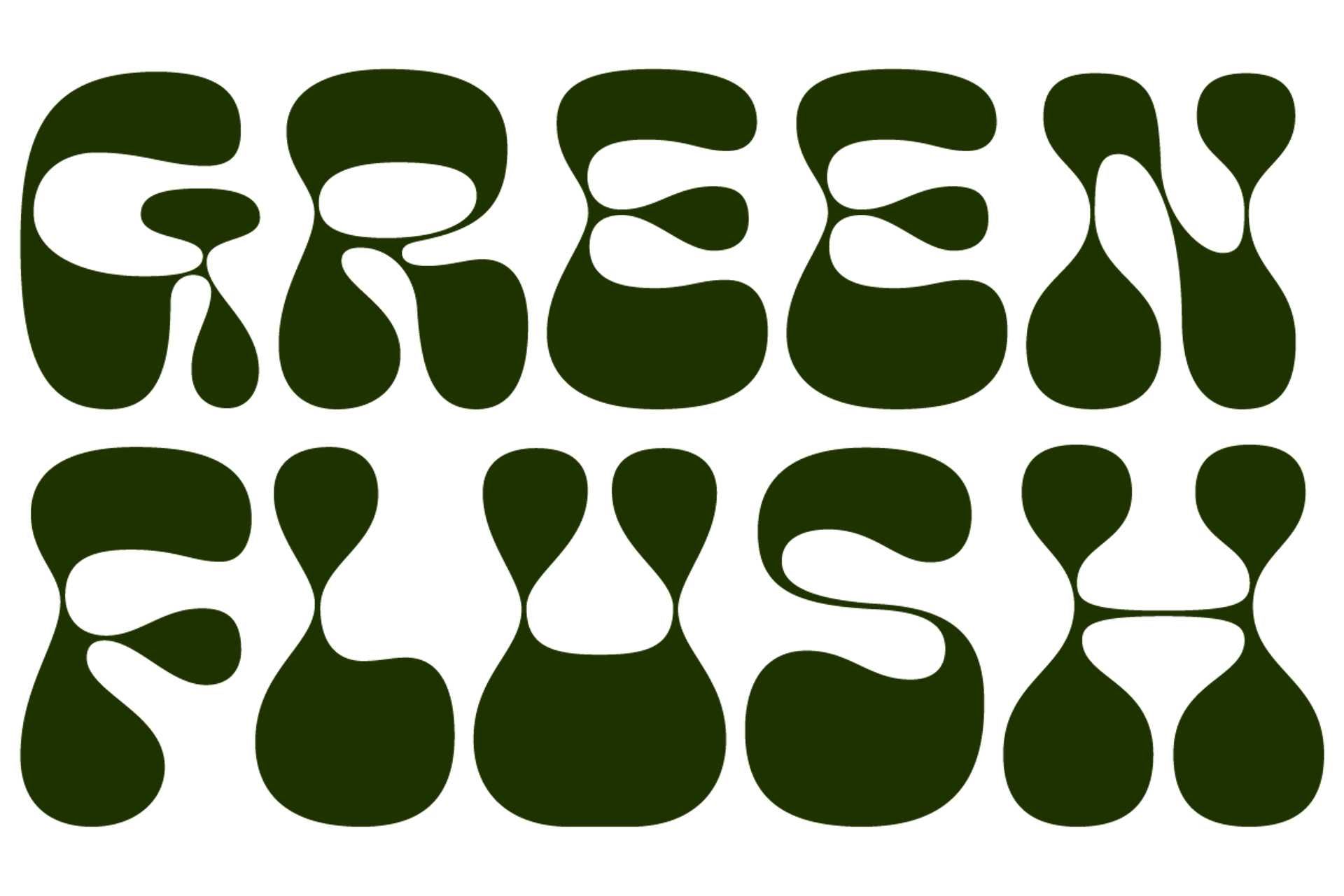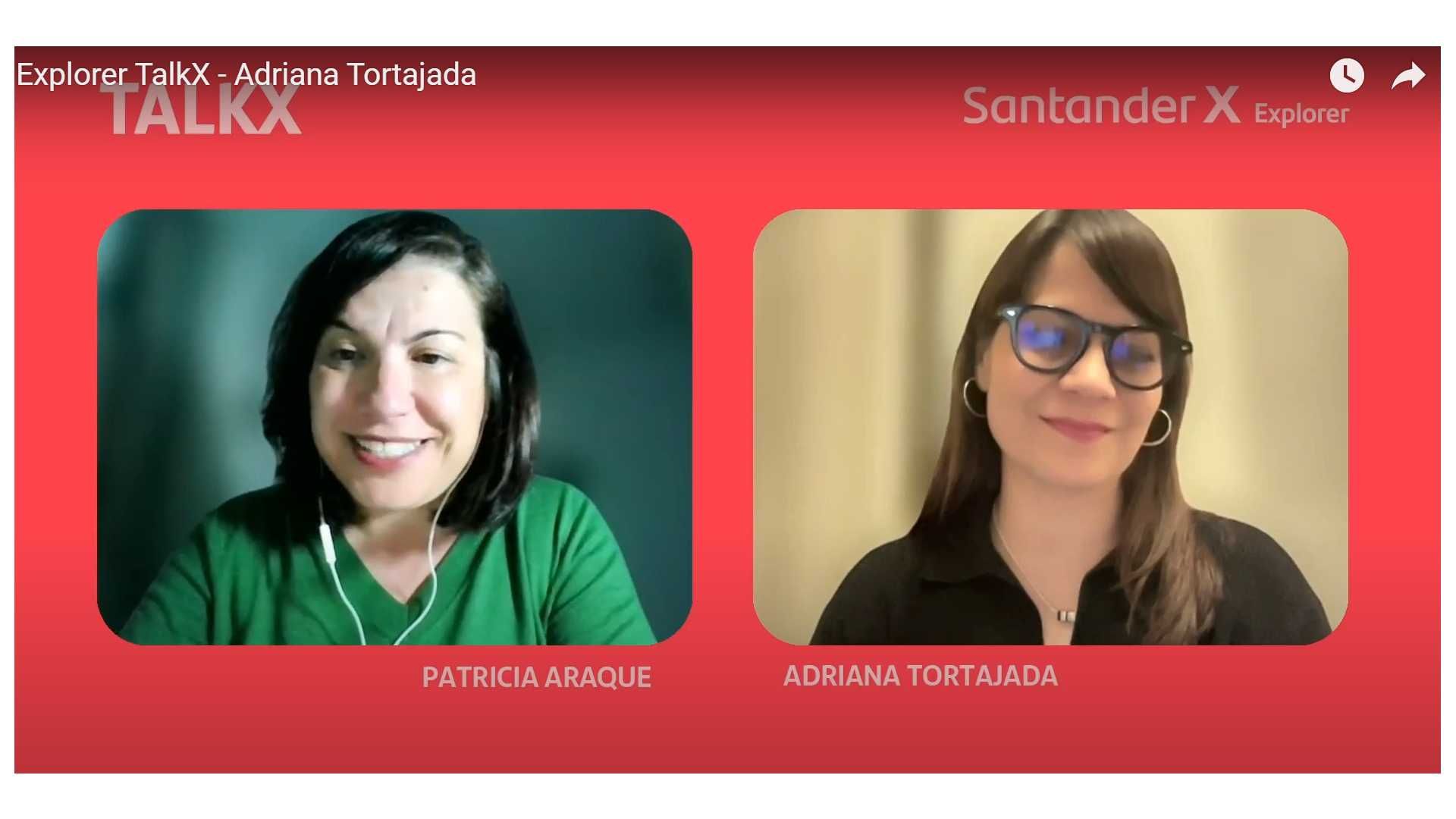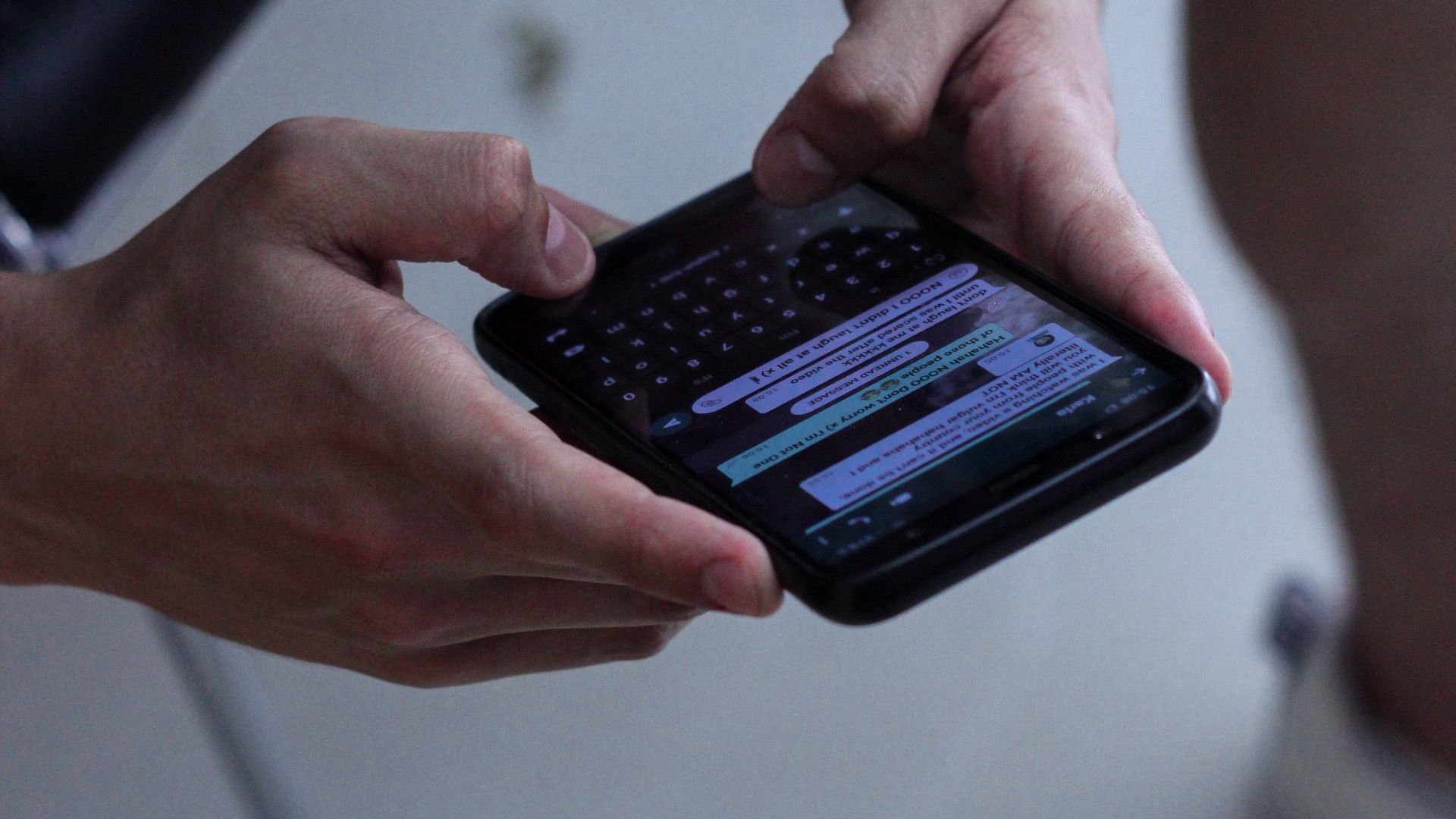5/23/2023
Create your startup
7 minutes of reading
The secret of establishing hypotheses: entrepreneurial-scientist attitude
Authors
- Santander X Explorer
Categories
Did you know that the best entrepreneur is a scientist? The method used by these professionals to prove a hypothesis will be very useful if you want to test the validity of your idea.
To know if something can have an impact on the world, you first need to know the environment around you. Looking at newspapers, listening to songs, podcast or reading about any subject (there are many disciplines we can learn from) will not only connect us more to our reality, but will also increase our creativity, inspire us and improve our entrepreneurial mindset. The key is to absorb, like a sponge, everything that can be very useful. Among the schemes that will contribute the most to our entrepreneurial project is the scientific method. Through processes similar to those applied to prove a hypothesis, you can check whether your ideas would have a real impact, would need a different approach or if it would be better to discard them directly. Start over again. This way of approaching the validity of a project is very useful to corroborate its possible success; in this way, unnecessary expenditure of energy and resources is avoided. To do this, the first step is to structure a hypothesis. In entrepreneurship, this scheme is often used:
- I believe that (description of the idea or prototype)….
- for (customers you are targeting)…
- will achieve (the result of carrying out the idea).
How to test the validity of the hypothesis Once the hypothesis has been defined, a series of steps must be followed to check whether it is valid. Revise the hypothesis Check that, in addition to proposing a realistic solution to an existing problem, the solution has not been tested before. In the scientific field, there are publications that guide specialists to verify that their hypothesis has not been tested. Unfortunately, in the world of entrepreneurship, this type of literature does not exist (and much less, about failures, since they usually talk about success stories). To stay up to date, read as much as possible and try to be aware of publications on the subject of your idea. It is possible that there is already a company that has come up with a project similar to yours (ideas, especially if they solve real needs, are not usually so original), so it is important to do a market study before jumping headlong into developing your startup. Confirm that you have something new to offer: maybe your proposal is more effective, smarter or more attractive. Here’s another tip for this step: from the very early stages of your venture, it is essential to have a clear identity, a story to tell, and to define a way of interacting with the world. This will leave a mark and make your project memorable. To review your hypothesis and strengthen it, it is highly recommended to make a Value Proposition Canvas and check what your idea really contributes.
Let’s go to the lab!
It is time to test “in the laboratory” the hypothesis we had defined. In our case, we will create a Minimum Viable Product (MVP) to see how our potential customers react. In order to verify that everything works, we will perform a series of previews test to our test with the real market; this will serve to polish the processes and check the usability of our product, especially if it is digital. Once the steps have been perfected, we will launch the product in a controlled environment and, in this way, we will check what level of acceptance it has among the target audience. Normally, these experiments are conducted with a dual perspective: Quantitative. We will test the acceptance among a controlled audience, for example, a sample of 200 people. Qualitative. We test whether the public responds positively to the idea and accepts it as valid.
Measurement
The scientific method is based on measuring and testing, so it is logical that we rely on metrics and consider them fundamental to know if our idea will be successful (or to find out what goes wrong). In the case of digital products, those metrics will be KPI’S, number of downloads and/or interactions. If we are talking about physical products, we will look at the number of purchases or subscriptions to the service. At this moment we must take into account a very important aspect: before starting to measure, it is necessary to establish which metrics threshold we consider a success and which indicators will indicate that we must improve aspects of our product or service.
Learning
Obviously, this process has only one objective: to learn. Once we have reviewed the acceptance of the idea and the metrics that indicate what works and what does not, it is time to implement changes to further improve the product. And if everything indicates that our idea is useless... don’t despair: you can always use what you have learned to launch new projects or apply it to your work. You will hear many times that the journey is important, and that failure is part of success. Logically, a failed project is not always followed by a successful one, but we will always have a learning experience, skills that will be useful in our working life, and pride of having tried. Photo by Trust “Tru” Katsande in Unsplash.



